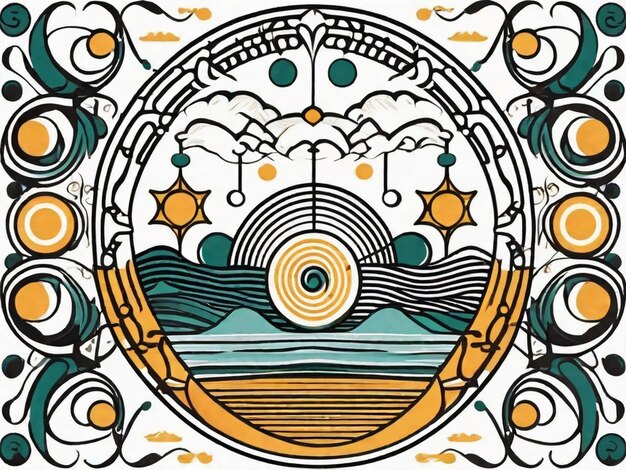An Introduction to Somali Folk Dances and Music Through Generations
A Vibrant Cultural Tapestry
Somalia, a nation rich in history and cultural diversity, offers a mesmerizing tapestry of folk dances and music that reflects the spirit, traditions, and stories of its people. This captivating legacy of song and movement is not just a form of entertainment but an integral part of Somali identity and communal life. From the bustling streets of Mogadishu to the tranquil landscapes of the Somali countryside, the rhythmic beats and colorful dances are omnipresent reminders of a heritage steeped in artistic expression.
The Pulse of Somali Culture: Folk Dances
Traditional Dances
Somali folk dances are a captivating affair, often performed during festive occasions such as weddings, Somali Independence Day, and cultural festivals. The most prominent among these is the Dhaanto, a lively and rhythmic dance originating from the Somali region. Known for its fast-paced movements and energetically synchronized footwork, the Dhaanto is a cherished tradition that has been passed down through generations.
Another celebrated dance is the Buraanbur, traditionally performed by women. This dance comprises graceful and intricate movements, often accompanied by poetic recital, reflecting themes of love, honor, and nature. Through these dances, visitors and locals alike can glimpse into the social values and historical narratives that have shaped Somali society.
Melodic Storytelling Through Music
Somalia's musical tradition is as deep and varied as its dances. Somali folk music incorporates a range of instruments, including the oud (a pear-shaped stringed instrument), tambourines, and flutes, creating melodies that are as captivating as they are diverse. Music, in many Somali communities, is a storytelling tool. Through song, tales of ancient heroes, historical events, and everyday life are woven into the fabric of Somali history.
Experiences Await
Popular Services and Attractions
For those eager to explore the enchanting world of Somali folk dances and music, there are numerous cultural centers and events to discover. Various cultural festivals across the nation provide an immersive experience, where visitors can witness live performances and even participate in dance workshops.
In major cities like Mogadishu, arts and cultural organizations offer regular showcases of traditional music and dance, providing a platform for both seasoned performers and emerging talent. These events often include guided tours, where knowledgeable local guides share captivating histories and nuances of each dance and song. Visitors can also explore markets selling traditional instruments and attire, giving them the opportunity to take a piece of Somali culture back home.
Why Somalia Shines in Folk Arts
Somalia's folk dances and music are not just relics of the past but living traditions that continue to evolve and thrive. The country's rich history of trade and interaction with other cultures has infused its musical and dance traditions with a unique blend of influences, resulting in a culturally rich and captivating art form. Furthermore, the importance of oral tradition in Somali society ensures that these cultural treasures are meticulously preserved and passed on, safeguarding a legacy that is both ancient and ever-renewing.
A Call to Explore
Whether you are a visitor eager to experience the vibrant cultures of the world or a local keen on reconnecting with your heritage, Somali folk dances and music offer a wealth of experiences waiting to be explored. Immerse yourself in the captivating rhythms and narratives of this beautiful tradition and discover the heartbeat of a nation that dances and sings through generations.
